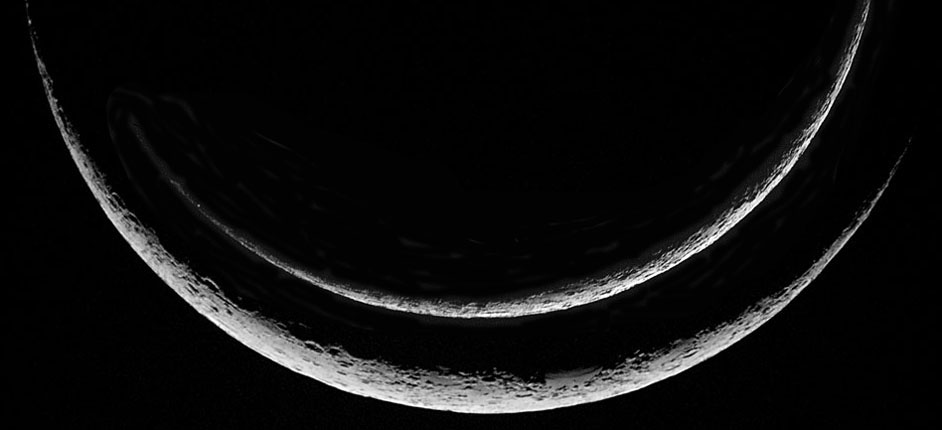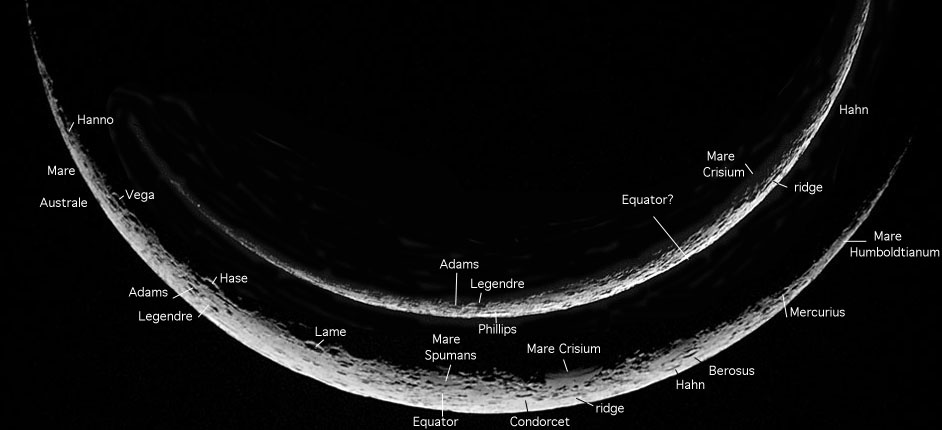Difference between revisions of "October 5, 2004"
| Line 55: | Line 55: | ||
===COMMENTS?=== | ===COMMENTS?=== | ||
Register, and click on the <b>Discussion</b> tab at the top of the page. | Register, and click on the <b>Discussion</b> tab at the top of the page. | ||
| + | <hr> | ||
| + | <!-- | ||
| + | You can support LPOD when you buy any book from Amazon thru [[Support_ LPOD|LPOD]]! | ||
| + | --> | ||
| + | <span style="font-size:88%"> | ||
| + | <center> | ||
| + | Contributions to http://www2.lpod.org/ are licensed under a Creative Commons Attribution No-Derivative-Works Non-Commercial 3.0 License. [http://www.creativecommons.org/licenses/by-nc-nd/3.0 http://www.wikispaces.com/i/creativecommons/by-nc-nd_3.0_80x15.png]<br> | ||
| + | </center> | ||
| + | </span> | ||
Revision as of 12:21, 1 February 2015
Finding Your Way on a Very Young Moon
Image Credit: Stefan Seip |
|
Finding Your Way on a Very Young Moon Observing the Moon when its is only 1 to 3 days old is difficult. It's always low in the western sky, lying on it's side, often tremulous with seeing, and such a slim sliver that few features can be identified. As aids for future crescent crawls I have identified a few features on these two good images by Stefan Seip. The top image is of a 40.5 hour - 1.7 days - old Moon; the bottom Moon is 55 hrs - 2.3 days - old. One feature that is often seen during days 1-3 is a roughly N-S ridge east of Mare Crisium. And notice how much the Moon's position angle has shifted in the one month and two days between these two exposures. On the bottom image the equator passes just about across the lowest part of the image. On the top image the equator is considerably further to the right. Identifying where you are on a slender crescent requires determining the orientation of the Moon. In both of these there is not a good libration in longitude so some of the distince (smooth and flat in profile) maria (such as Marginis) are not not visible. Good luck in getting such clear views as these and figuring out where you are! Technical Details: Related Links: Tomorrow's LPOD: Cleomedes Unveiled |
|
Author & Editor: Technical Consultant: Contact Translator: A service of: |
COMMENTS?
Register, and click on the Discussion tab at the top of the page.
Contributions to http://www2.lpod.org/ are licensed under a Creative Commons Attribution No-Derivative-Works Non-Commercial 3.0 License. 





